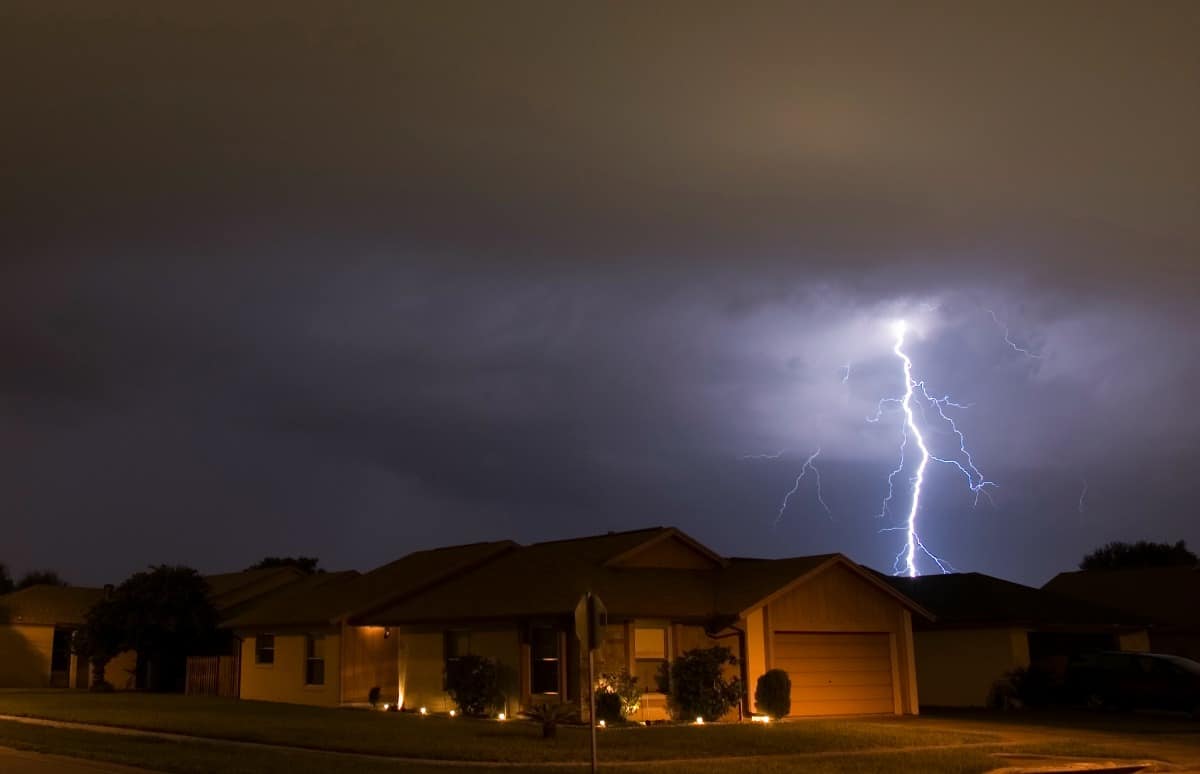
Hazardous weather accounted for more than $4.2 billion in property damage in the U.S. in just 2015 alone, according to the National Weather Service. If your home has been in the path of extreme weather events such as blizzards, hurricanes, tornadoes, hailstorms and lightning strikes, your first priority should be keeping your family safe and leaving if necessary. But once the dust clears and your house is safe to enter, it’s wise to check both inside and outside to note any damage. Here’s your checklist for after the storm.
1. Make sure there are no immediate threats to your safety
If the power is out, it’s important to check for downed power lines that could present a safety hazard to you, your family and your neighbors. Remember, never touch or move a downed power line, even if it looks inactive. Immediately shut off all gas valves if you smell gas in your home — this could signal a break in the gas line. And if you’re experiencing any issues with water (not just leaks and seepage), it’s key to ensure that drinking water is still safe for consumption. If there’s any question in your mind about any of these issues, call a professional as soon as you possibly can.
2. Contact your insurance company
It’s always a good idea to contact your home insurer as soon as possible after your house suffers storm damage. An agent can help you locate reliable repair companies, let you know what kinds of damage your homeowners policy will cover, and even help pay for additional living expenses if your home is temporarily unlivable.
3. Inspect the roof and exterior siding
After Mother Nature’s wrath has subsided, inspect your roof for dents, broken shingles, and holes big and small. If extensive damage is evident from the ground, be sure to hire a professional rather than trying to traverse the roof yourself. Note any damage to your home’s gutters and downspouts, as well as the exterior siding. Even small nicks and dents can lead to bigger problems down the road.
4. Check other outdoor structures
If you have a detached garage, storage shed, fence or all of the above, take the time to carefully inspect them after a major storm, once it’s safe to do so. Checking up on garages and sheds sooner rather than later can help prevent all sorts of damage to the contents inside, while patching up a partially downed fence can help eliminate a potential security threat to your property.
5. Inspect your home’s appliances
While outdoor systems like your air conditioner could take a beating from the elements, your indoor appliances — such as your washer, dryer, dishwasher and refrigerator — could also suffer serious damage due to hazards like water leaks and power surges. As soon as bad weather has moved on, be sure to check on home appliances and systems to ensure everything’s still safely functioning as it should.
6. Check the attic, crawlspaces and basement
Often overlooked, your home’s crawlspaces, attic and basement are the perfect havens for mold growth, rot and other water damage. If water seeps into your home after a storm compromises your roof or weakens your walls, you could be looking at both structural damage and destroyed valuables — which is why it’s wise to examine these spaces regularly, but especially after extreme weather.
7. Examine your floors, ceilings, windows and doors
From shattered windows to sunken ceilings, and warped doorframes to soaked carpeting — a bad storm can cause countless damage to even the interior of your house. Once you’ve been cleared to be in your home after bad weather, inspect your flooring, doorways, windows and ceilings for things like warping, cracks and leaks, water damage, bulging, broken glass and any other physical damage.
8. Inspect electronics and other personal belongings
Expensive electronics such as TVs, computers and stereo systems can be damaged by power surges, water damage, and falling objects during a bad storm. To help avoid major damage in the first place, unplug what you can before the weather hits and install preventive measures like surge protectors. Once conditions are safe, check on any electronics and other personal belongings (like clothing and furniture) that may have been damaged.
9. Document any and all damage
As you survey the inside and outside of your home, don’t forget to take photos and/or video of any and all storm damage. Don’t be afraid to document even the smallest thing, since overlooking it now could result in much larger issues in the future. If possible, compile receipts for damaged items as well as invoices for work you’ve had done to your house, which can help you estimate the monetary amount of your losses.










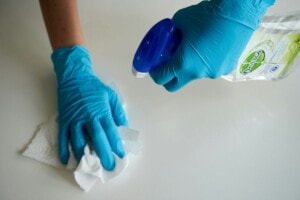






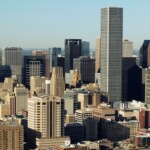


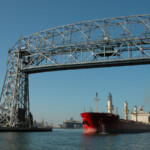
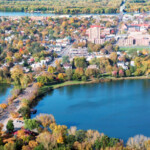





 United States
United States Canada
Canada